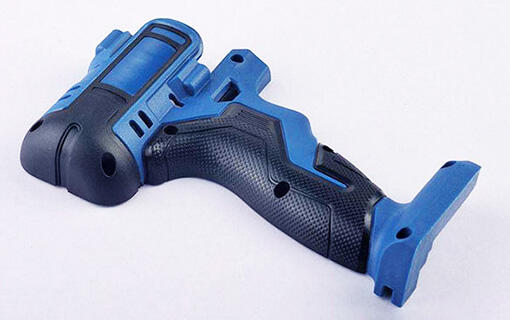Advanced Digital Integration and Control
Modern prototype plastic injection molding systems incorporate state-of-the-art digital control systems that revolutionize the manufacturing process. These sophisticated systems utilize advanced sensors and real-time monitoring capabilities to maintain precise control over critical parameters such as temperature, pressure, and injection speed. The integration of artificial intelligence and machine learning algorithms enables predictive maintenance and automatic process optimization, resulting in consistently high-quality output. The digital interface allows operators to make real-time adjustments and monitor production metrics, ensuring optimal performance and reducing the likelihood of defects. This level of control and monitoring capability significantly enhances production efficiency and enables detailed quality documentation for regulatory compliance.

